
Overview of the Volkswagen Lupo range
Content
Sometimes even a good car is undeservedly forgotten and discontinued. This was the fate that befell the Volkswagen Lupo, a car that was distinguished by high reliability and low fuel consumption. Why did this happen? Let's try to figure it out.
The history of the Volkswagen Lupo
At the beginning of 1998, the engineers of the Volkswagen concern were given the task of creating an inexpensive car for operation mainly in urban areas. This meant that the car had to be small and consume as little fuel as possible. In the autumn of the same year, the smallest car of the concern, the Volkswagen Lupo, rolled off the assembly line.

It was a hatchback with three doors that could carry four passengers. Despite the small number of people transported, the interior of the car was roomy, since it was made on the Volkswagen Polo platform. Another important difference of the new city car was a galvanized body, which, according to the assurances of the designers, was reliably protected from corrosion for at least 12 years. The interior trim was solid and of high quality, and the light trim option went well with the mirrors. As a result, the interior seemed even more spacious.

The first Volkswagen Lupo cars were equipped with both gasoline and diesel engines, the power of which was 50 and 75 hp. With. In 1999, a Volkswagen Polo engine with a capacity of 100 hp was installed on the car. With. And at the end of the same year, another engine appeared, gasoline, with direct fuel injection, which already produced 125 hp. With.
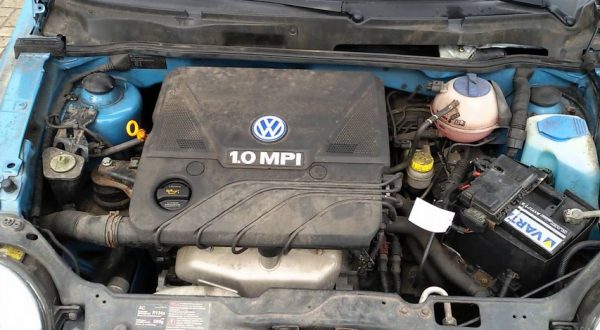
In 2000, the concern decides to update the lineup and releases the new Volkswagen Lupo GTI. The appearance of the car has changed, it has become more sporty. The front bumper protruded a little further forward, and three large air intakes appeared on the body for more efficient engine cooling. The wheel arches were also changed, which were now able to accommodate wide-profile tires.
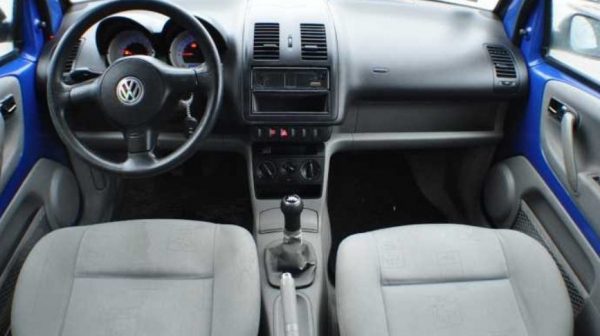
The last modification of the car appeared in 2003 and was called Volkswagen Lupo Windsor. The steering wheel in it was trimmed with genuine leather, the interior had a number of linings to match the body color, the rear lights became larger and were darkened. Windsor could be equipped with five engines - three petrol and two diesel. The car was produced until 2005, then its production was discontinued.
Volkswagen Lupo lineup
Let's take a closer look at the main representatives of the Volkswagen Lupo lineup.
Volkswagen Lupo 6Х 1.7
Volkswagen Lupo 6X 1.7 is the first representative of the series, produced from 1998 to 2005. As befits a city car, its dimensions were small, only 3527/1640/1460 mm, and the ground clearance was 110 mm. The engine was diesel, in-line, located in front, transversely. The own weight of the machine was 980 kg. The car could accelerate to 157 km / h, and the engine power was 60 liters. With. When driving in urban conditions, the car consumed 5.8 liters of fuel per 100 kilometers, and when driving on the highway, this figure dropped to 3.7 liters per 100 kilometers.
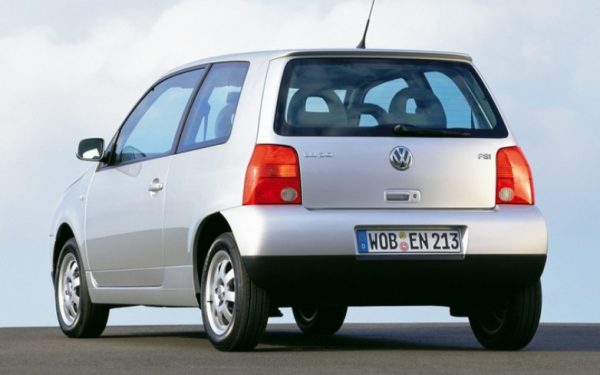
Volkswagen Lupo 6X 1.4 16V
Volkswagen Lupo 6X 1.4 16V did not differ from the previous model either in size or appearance. The only difference of this car was the 1390 cm³ petrol engine. The injection system in the engine was distributed between four cylinders, and the engine itself was in-line and was located transversely in the engine compartment. The engine power reached 75 hp. With. When driving around the city, the car consumed an average of 8 liters per 100 kilometers, and on the highway - 5.6 liters per 100 kilometers. Unlike its predecessor, Volkswagen Lupo 6X 1.4 16V was faster. Its maximum speed reached 178 km / h, and the car accelerated to 100 km / h in just 12 seconds, which at that time was a very good indicator.
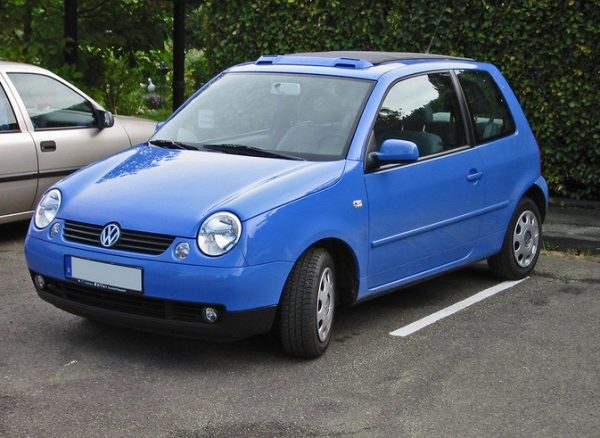
Volkswagen Lupo 6X 1.2 TDI 3L
Volkswagen Lupo 6X 1.2 TDI 3L can be called without any exaggeration the most economical car in the series. For 100 km of run in the city, he spent only 3.6 liters of fuel. On the highway, this figure was even less, only 2.7 liters. Such frugality is explained by the new diesel engine, the capacity of which, unlike its predecessor, was only 1191 cm³. But you have to pay for everything, and increased efficiency affected both the speed of the car and the power of the engine. The power of the Volkswagen Lupo 6X 1.2 TDI 3L engine was only 61 hp. s, and the maximum speed was 160 km / h. And this car was also equipped with a turbocharging system, power steering and an ABS system. The release of Volkswagen Lupo 6X 1.2 TDI 3L was launched at the end of 1999. The increased efficiency of the model immediately caused a huge demand among residents of European cities, so the car was produced until 2005.
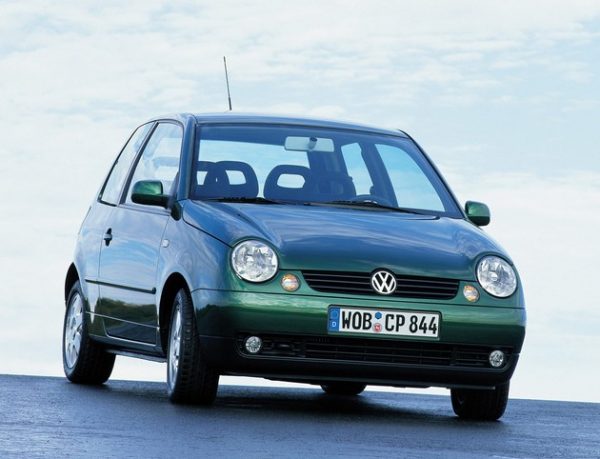
Volkswagen Lupo 6X 1.4i
Volkswagen Lupo 6X 1.4i is a gasoline version of the previous model, which in appearance was no different from it. The car was equipped with a gasoline engine with a distributed injection system. The engine capacity was 1400 cm³, and its power reached 60 hp. With. The maximum speed of the car was 160 km / h, and the car accelerated to 100 km / h in 14.3 seconds. But the Volkswagen Lupo 6X 1.4i cannot be called economical: unlike its diesel counterpart, when driving around the city, it consumed 8.5 liters of gasoline per 100 kilometers. When driving on the highway, the consumption decreased, but not by much, up to 5.5 liters per 100 kilometers.
Volkswagen Lupo 6X 1.4i FSI 16V
Volkswagen Lupo 6X 1.4i FSI 16V is a logical continuation of the previous model. It features a new gasoline engine, the injection system of which was direct rather than distributed. Due to this technical solution, the engine power increased to 105 hp. With. But fuel consumption at the same time decreased: when driving around the city, the Volkswagen Lupo 6X 1.4i FSI 16V consumed 6.3 liters per 100 kilometers, and when driving on the highway, it needed only 4 liters per 100 kilometers. In addition, cars of this model were necessarily equipped with ABS systems and power steering.

Volkswagen Lupo 6X 1.6i 16V GTI
Volkswagen Lupo 6X 1.6i 16V GTI is the most powerful car in the Lupo series, as the 125 hp petrol engine clearly shows. With. Engine capacity - 1598 cm³. For such power, you have to pay with increased fuel consumption: 10 liters when driving around the city and 6 liters when driving on the highway. With a mixed driving style, the car consumed up to 7.5 liters of gasoline. The salons of the Volkswagen Lupo 6X 1.6i 16V GTI were trimmed with both genuine leather and leatherette, and the trim could be made in both dark and light colors. In addition, the buyer could order the installation of a set of plastic inserts in the cabin, painted to match the body color. Despite the high "gluttony", the car was in consistently high demand from buyers until it was discontinued in 2005.

Video: 2002 Volkswagen Lupo Inspection
Reasons for the end of production of Volkswagen Lupo
Despite the fact that the Volkswagen Lupo confidently took its place in the low-cost city car segment and was in high demand, its production lasted only 7 years, until 2005. In total, 488 thousand cars rolled off the conveyors of the concern. After that, Lupo became history. The reason is simple: the global financial crisis raging in the world has also affected European automakers. The fact is that the vast majority of factories producing Volkswagen Lupo were not located in Germany at all, but in Spain.
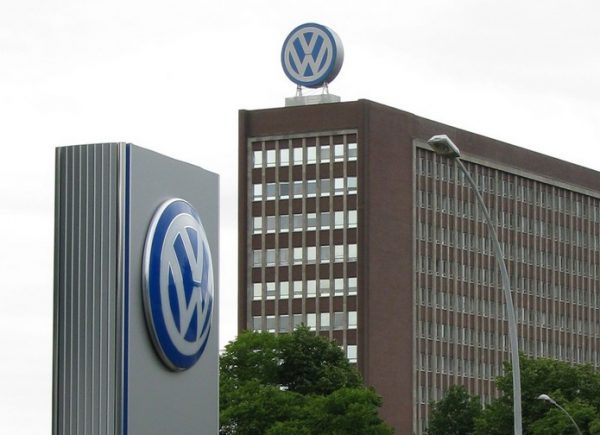

And at some point, the leadership of the Volkswagen concern realized that the production of this car abroad had become unprofitable, despite the consistently high demand. As a result, it was decided to curtail the production of the Volkswagen Lupo and increase the production of the Volkswagen Polo, since the platforms for these cars were the same, but the Polo was produced mainly in Germany.
The cost of Volkswagen Lupo in the used car market
The price of a Volkswagen Lupo in the used car market depends on three factors:
- from the year of manufacture of the car (the later the car was released, the more expensive it will cost);
- from the configuration of the car (this applies primarily to engines: diesel cars are traditionally more expensive than gasoline ones);
- from the technical condition of the car.
Based on these criteria, now the estimated prices for a Volkswagen Lupo in good technical condition look like this:
- cars of 1998-2000 - from 80 to 100 thousand rubles;
- cars of 2000-2003 - from 120 to 160 thousand rubles;
- cars of 2003-2005 - from 130 to 220 thousand rubles.
So, German engineers managed to create an almost perfect car for urban use, but the global economy had its say and production was stopped, despite high demand. Nevertheless, Volkswagen Lupo can still be bought on the domestic used car market, and at a very affordable price.

